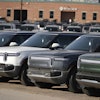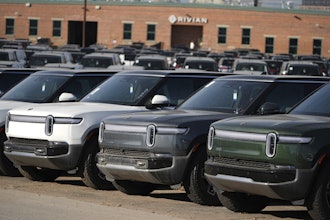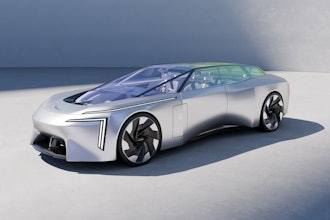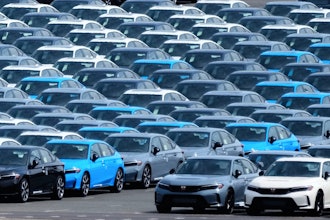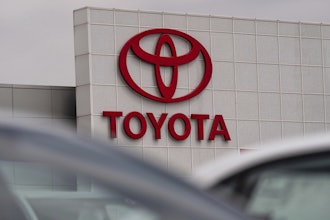Washington, D.C. - Global production of automobiles keeps rising to new heights. London-based IHS Automotive puts light vehicle (passenger car and light-duty truck) production in 2013 at 84.7 million, up from 81.5 million in 2012. The world's fleet of light-duty vehicles now surpasses 1 billion-one per seven people, writes Senior Researcher Michael Renner in the Worldwatch Institute's latest Vital Signs Online trend (www.worldwatch.org).
Five countries account for the production of 60 percent of all light vehicles worldwide. China produced a stunning 20.9 million vehicles in 2013. The United States (10.9 million), Japan (9 million), Germany (5.6 million), and South Korea (4.5 million) follow at a considerable distance.
The United States has long been the world leader in motorization. The number of all motor vehicles per 1,000 people there rose to a peak of 844 in 2007. If all countries had the same car density relative to population as the United States does, there would be 4.4 billion motor vehicles worldwide-more than four times the actual fleet.
There are signs, however, that motorization in the United States may finally have peaked. Almost one in ten U.S. households-9.2 percent in 2012-does not have a vehicle, up from 8.9 percent in 2005. In dense cities, the figure is much higher. In 2012, just over 56 percent of households in New York City, for example, did not own a vehicle. But many other U.S. cities lack the density, public transportation systems, walkability, and other factors necessary to make this a viable option.
Vehicle fleets have either stopped growing or are growing very slowly in countries like Germany, France, Japan, and Canada. In many emerging economies, however, fleets continue to expand rapidly. The number of cars on China's roads skyrocketed from 3.8 million in 2000 to 43.2 million in 2011, and the country now has the third largest fleet in the world, after the United States and Japan. Russia's fleet grew from 20.4 million to 36.4 million during the same period of time. Brazil's fleet almost doubled, from 15.4 million to 27.4 million. India's nearly tripled, from 5.2 million to 14.2 million.
Higher fuel efficiency is needed to limit automobiles' contribution to air pollution and greenhouse gas emissions. The current global average fuel consumption for all light-duty vehicles is 7.2 liters per 100 kilometers. The Global Fuel Economy Initiative aims for a 50 percent improvement by 2050, but current trends fall short of achieving this goal.
According to IHS Automotive, worldwide production of electric vehicles (battery electric and plug-in hybrids) has expanded from 13,866 in 2010 to 242,075 in 2013. The company forecasts production of slightly more than 403,000 vehicles in 2014, up 67 percent from 2013. The number of electric cars on the world's roads has increased from nearly 100,000 at the beginning of 2012 to 405,000 units at the start of 2014. Most of the cars are in the United States (174,000), Japan (68,000), and China (45,000).
Alternative vehicles are slowly making inroads, but they are not yet significantly altering the resource and environmental impacts of automobiles. As electric vehicles become more numerous, a critical issue will be the source of the electricity that they run on-will it be generated from fossil fuels or from renewable energy?


